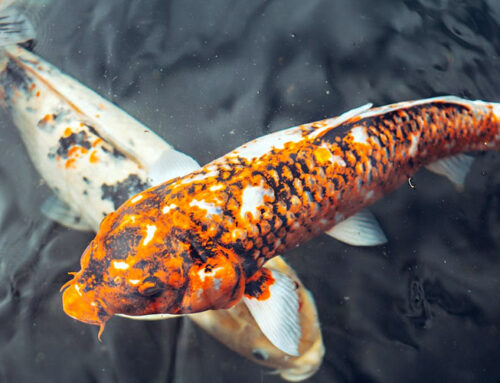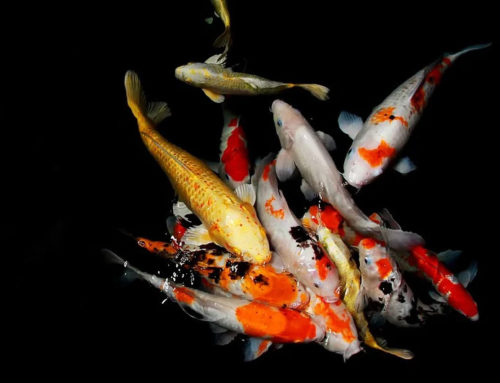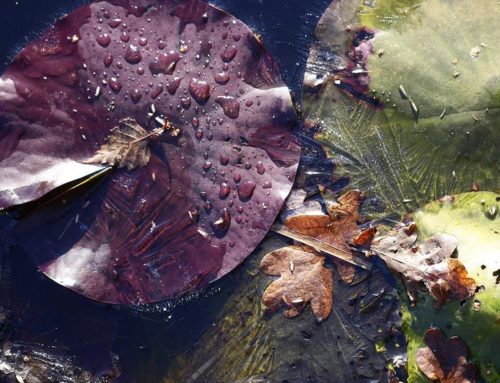Oxygen is the most important chemical of every fish pond. But even though water itself contains dissolved oxygen, it’s still not enough, especially during hot summer days. Fish ponds requires a good level of oxygen to keep it healthy.
Before we tell you the best way to oxygenate your fish pond, it’s important to first understand the role oxygen plays in your fish pond’s health.
Importance of oxygen in your fish pond
Fish and other organisms that live inside your fish pond consume oxygen in large amounts.
A routine check-up of the oxygen level in your fish pond should be done by using a chemical test kit. The oxygen level should be kept within or above 4-5 mg per liter.
If there’s a drop in the aforementioned level, the fishes will get stressed out, and this will lead to problems like diseases, slow growth, and inability to reproduce.
The decomposition of the fishes’ wastes requires oxygen as well – specifically the bacteria that’s responsible for breaking down harmful chemicals of organic wastes.
When the bacteria in your fish pond is receiving the right amount of dissolved oxygen (DO), it will easily convert nitrite into nitrates. If no conversion occurs, nitrite will continue to harm your fishes.
It will weaken their nervous system as well as their vital organs like kidneys and liver. Too much nitrite in the system will kill a fish.
Now that we know the importance of oxygen, the next thing that we’ll talk about is how to ensure that your fish pond will have enough of it.
And the best way to do that is by adding a waterfall.
Adding a waterfall to your fish pond
You probably have seen a number of fish gathering at the bottom of a waterfall. They love that part because of the amount of oxygen it has.
Waterfalls are effective in creating dissolved oxygen that fishes, aquatic plants, and beneficial bacteria need.
Once the cascading water hits the fish pond’s surface, the water molecules will break apart, and this action leads to aeration.
Waterfalls can be extra beneficial during hot days when the demand for oxygen is at its highest. It can keep the temperature in the pond at a comfortable level, making the oxygen quality better.
Aeration systems such as a waterfall can also prevent stratification from happening through constant water circulation.
Other benefits of waterfalls
Aside from its oxygen-enhancing feature, a waterfall can enhance the aesthetic quality of a fish pond as well.
The fish pond’s inhabitants will not be the only ones who will benefit from having a waterfall, it will have a positive effect to you and your family’s well-being, too.
Waterfalls create a soothing environment that has been known to reduce stress. It can also naturally humidify your home.
When choosing a waterfall for your fish pond, it’s important to consider not just the design, but the type of waterfall effect as well – gentle cascading or a trickling effect.
A waterfall with a plunge effect should be avoided. The strong, crashing flow of the water will harm fishes and certain aquatic plants.
Contact us if you want a beautiful pond construction in Agoura Hills.






